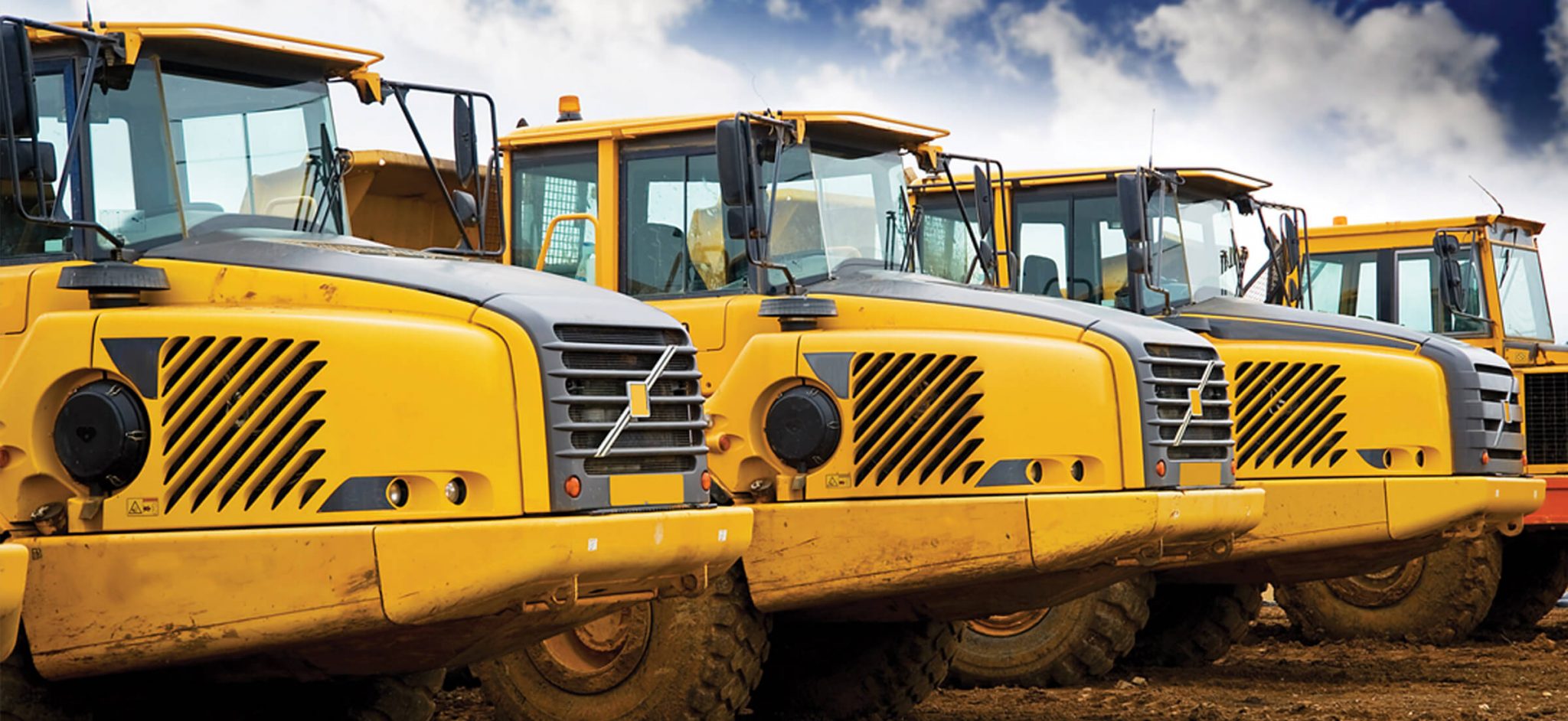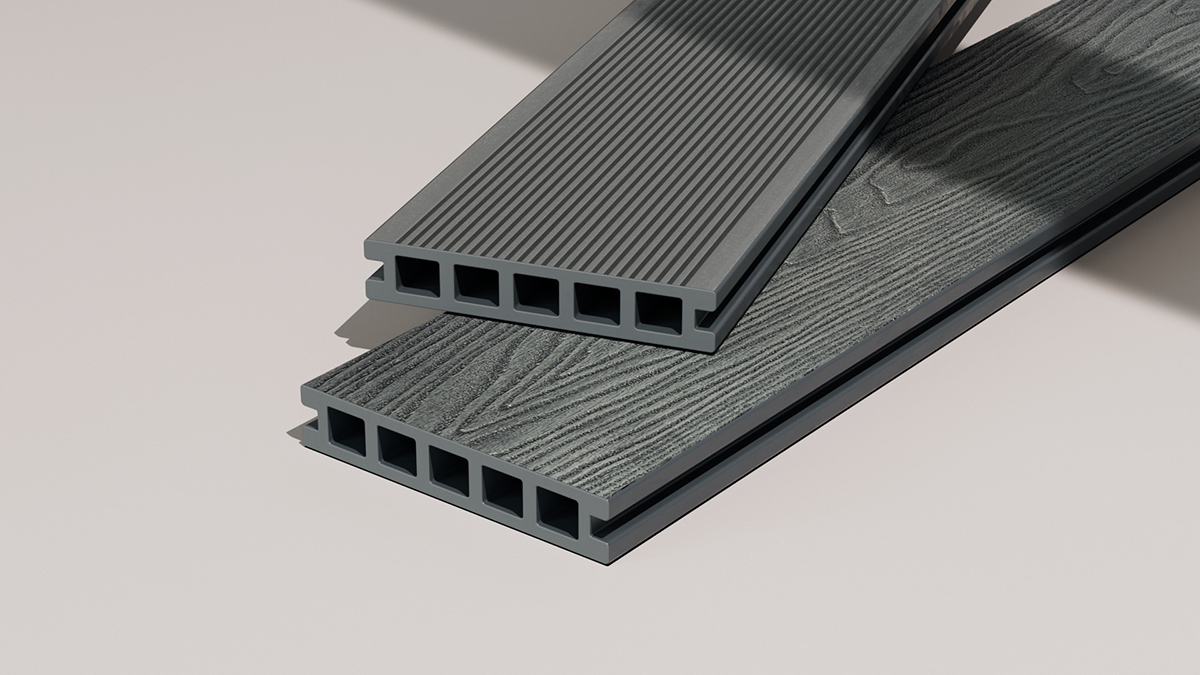Home>diy>Building & Construction>What Are Construction Vehicles Called


Building & Construction
What Are Construction Vehicles Called
Modified: January 6, 2024
Discover what construction vehicles are called in the building construction industry and how they contribute to the progress of projects.
(Many of the links in this article redirect to a specific reviewed product. Your purchase of these products through affiliate links helps to generate commission for Storables.com, at no extra cost. Learn more)
Introduction
When it comes to construction, one cannot overlook the integral role played by construction vehicles. These powerful machines are employed in various stages of the building process, from ground preparation to material transportation. Construction vehicles are specially designed to handle heavy loads, withstand harsh terrains, and provide the necessary power and precision required for construction projects.
In this article, we will explore some of the most commonly used construction vehicles and their roles in the construction industry. So, let’s dive in and discover what these incredible machines are called!
Key Takeaways:
- Construction vehicles like excavators, bulldozers, and cranes are essential for efficient building processes, providing power, precision, and versatility for various construction tasks.
- From leveling surfaces to lifting heavy loads, construction vehicles play unique and vital roles, contributing to the smooth and efficient progress of building projects.
Read more: What Are Construction Plans Called
Excavators
Excavators are versatile construction vehicles that are primarily used for digging and moving large amounts of earth, soil, or debris. They consist of a long, extendable arm called a boom, which is attached to a cab and a rotating platform known as the house. At the end of the boom, there is an attachment called a bucket that can be used for excavation, demolition, or material handling.
Excavators come in various sizes, from compact models that are suitable for small construction projects to large hydraulic excavators used in major earthmoving tasks. They are equipped with tracks or wheels, which allow them to maneuver in rough terrains. The operator sits inside the cab and uses joysticks to control the movement of the boom, bucket, and the entire machine.
Excavators are commonly used in a wide range of construction activities such as digging foundations, trenching, landscaping, and demolishing structures. They can also be fitted with different attachments like breakers, augers, or grapples to perform specialized tasks. With their power and versatility, excavators play a vital role in improving efficiency and productivity on construction sites.
Bulldozers
Bulldozers are heavy-duty construction vehicles that are easily recognizable by their large metal blades at the front. These machines are designed to push or shove large quantities of earth, debris, or other materials. The blade, also known as the dozer blade, can be raised, lowered, and tilted to perform various tasks such as leveling a surface or clearing a site.
Bulldozers are equipped with wide tracks, which provide stability and ensure smooth movement even on rough or uneven terrain. The tracks distribute the weight of the machine evenly, minimizing soil compaction and allowing the bulldozer to operate in soft, muddy conditions. The operator sits in an enclosed cab where they have complete control over the bulldozer’s movements.
These powerful machines are widely used in construction for tasks like site clearance, road construction, grading, and push-loading. They can also be fitted with specialized attachments like rippers or winches for more specific tasks, such as breaking up hard ground or towing heavy objects.
With their robust construction and exceptional pushing power, bulldozers are essential for moving large volumes of earth and debris efficiently. Their versatility and reliability make them invaluable assets in the construction industry.
Cranes
Cranes are highly recognizable construction vehicles that are used for lifting and moving heavy loads. They consist of a tall tower or mast, known as the boom, which is attached to a rotating base. The boom is equipped with a hook or a specialized attachment that is used to lift and lower loads vertically.
Cranes come in various types, including tower cranes, mobile cranes, and crawler cranes. Tower cranes are often seen on tall building construction sites, where they can reach great heights and lift heavy materials to different levels. Mobile cranes are mounted on trucks and can be easily transported to different locations. Crawler cranes are equipped with tracks, allowing them to move across challenging terrains while maintaining stability.
The operator controls the crane from the cabin, which is either located at the base of the crane or on the crane itself. They use a combination of controls and signals to maneuver the crane and operate the lifting mechanism with precision. Cranes are often operated by trained professionals to ensure safe and efficient operations.
Cranes are essential in various construction activities, including erecting steel structures, lifting heavy machinery, and placing construction materials at height. They are indispensable in projects that require precise and controlled lifting, as they have the capacity to handle immense loads and reach impressive heights.
Dump Trucks
Dump trucks are rugged and capable vehicles that are specifically designed for transporting loose materials such as sand, gravel, dirt, or debris. They have a unique feature that differentiates them from other trucks – a hydraulic bed that can be raised at the front to dump the load at the desired location.
These trucks come in various sizes, ranging from small, maneuverable models to large, heavy-duty ones. They are equipped with a sturdy chassis, robust tires, and powerful engines that enable them to traverse rough terrain and carry heavy loads. Dump trucks are commonly used in construction sites, mining operations, and large-scale earthmoving projects.
The bed of a dump truck, also known as the dump body or hopper, is located at the rear and can be hydraulically raised to unload the materials. This design allows for easy and efficient unloading, making dump trucks ideal for tasks like hauling and spreading materials on construction sites.
Dump trucks may also come in specialized forms such as articulated dump trucks and off-road dump trucks. Articulated dump trucks consist of a two-piece design, with a joint in the middle that allows for enhanced mobility on uneven terrain. Off-road dump trucks are specifically built for rugged conditions and can handle heavy loads in challenging environments.
With their ability to carry and transport substantial amounts of materials, dump trucks play a critical role in enhancing productivity and efficiency on construction sites. They are an essential component of any construction project that requires the movement of loose materials over short or long distances.
Read more: What Is A Construction Worker Called
Graders
Graders, also known as motor graders, are construction vehicles that are primarily used for grading and leveling the surface of the ground. They are equipped with a long blade, usually located at the center of the machine, which can be angled, lowered, or raised to create a smooth, even surface.
Graders are characterized by their large, adjustable tires or crawlers, allowing for excellent traction and maneuverability. They also feature a cab where the operator sits and controls the movements of the grader. The operator utilizes controls and levers to manipulate the blade and drive the machine.
These versatile vehicles are commonly used in road construction, building sites, and land development projects. They are essential for tasks such as leveling the ground, removing bumps and irregularities, and preparing the terrain for additional construction activities.
In addition to grading, motor graders can be equipped with attachments such as rippers or scarifiers, which allow them to break up hard surfaces or remove unwanted materials from the ground. This versatility makes graders invaluable for various earthmoving and construction tasks.
Graders play a vital role in creating a flat and even surface, ensuring the safety and efficiency of construction projects. Their ability to shape the ground accurately makes them a valuable asset in achieving desired elevation and alignment in roadways, airports, and other construction endeavors.
Construction vehicles are commonly referred to as heavy equipment or heavy machinery. These vehicles are used for earthmoving, lifting, and transporting materials on construction sites. Examples include excavators, bulldozers, cranes, and dump trucks.
Loaders
Loaders, also referred to as front-end loaders or front loaders, are powerful construction vehicles designed for material handling and loading operations. They are equipped with a large, wide bucket at the front of the machine, which can be raised, lowered, tilted, and rotated to scoop up and transport materials such as soil, gravel, sand, or debris.
Loaders are typically built on a wheeled or tracked chassis, providing stability and mobility across various terrains. The operator sits in an enclosed cab, equipped with controls and levers to manipulate the bucket and drive the loader.
These versatile machines are commonly used in construction, mining, and agriculture. They excel in tasks such as loading materials onto trucks, stockpiling, and transferring materials around a worksite. Loaders can also be equipped with specialized attachments such as forks or grapples to handle different types of loads.
Loaders are renowned for their strength and lifting capacity, enabling them to effectively handle heavy loads. They are crucial in improving efficiency and productivity on construction sites by reducing manual labor and enabling the fast and efficient movement of materials.
Moreover, loaders play a crucial role in snow removal operations, where they are used to clear roadways and parking lots by pushing or removing snow piles. Their versatility and adaptability make loaders a valuable asset in a wide range of industries, making loading and material handling tasks more efficient and streamlined.
Backhoes
Backhoes, also known as backhoe loaders, are versatile machines that combine the functionalities of a tractor and an excavator. They consist of a tractor-like unit with a powerful digging bucket attachment at the front and a smaller excavator arm at the rear.
The front bucket, located at the end of extendable arms, is used for various tasks such as digging, loading, and moving materials. The backhoe arm, situated at the rear, enables the machine to perform more precise digging and excavation work. Backhoes are commonly equipped with stabilizers on the rear for enhanced stability during operation.
These machines are widely used in construction, utility work, and excavation projects. They excel in tasks such as digging trenches, excavating foundations, clearing debris, and backfilling. Backhoes can also be fitted with specialized attachments like augers, breakers, or grapples to perform specific tasks.
Backhoes are highly maneuverable due to their compact design and the ability to rotate the operator cabin 180 degrees. This feature allows the operator to easily switch between digging with the front bucket and using the excavator arm at the rear.
Backhoes are preferred in situations where space is limited, such as urban construction sites or residential areas. Their versatility, combined with the ability to perform multiple tasks, makes backhoes a popular choice in the construction industry. They offer efficiency, flexibility, and the capability to handle a wide range of excavation and earthmoving tasks.
Pavers
Pavers, also known as asphalt pavers or road pavers, are construction vehicles used for laying asphalt or concrete on roads, parking lots, and other surfaces. They are equipped with a hopper that holds the asphalt or concrete mix, a distribution system, and a screed that spreads and levels the material.
The paver works by first receiving the hot mix asphalt or concrete into the hopper, which is then transported to the rear of the machine through a conveyor belt or augers. The material is then spread evenly using the screed, which can be adjusted to achieve the desired thickness and smoothness of the surface.
Pavers come in various sizes and types, including wheeled or tracked versions. They are often accompanied by support equipment such as rollers and compactors to ensure proper compaction of the laid material. The operator sits in an enclosed cabin and uses controls to regulate the speed, thickness, and width of the paving process.
Pavers play a vital role in the construction of roads, highways, and other paved surfaces. They ensure the precise and efficient placement of the asphalt or concrete mix, creating a smooth and durable finished product.
By utilizing advanced technology and precise controls, pavers can achieve accurate results, including the desired slope and gradient of the road surface. This helps in improving the safety and usability of the paved areas, reducing the risk of accidents or water pooling.
Overall, pavers are crucial in the construction industry, contributing to the development of well-constructed and well-maintained roadways and surfaces. Their precision, efficiency, and ability to handle a variety of paving materials make them essential machines in infrastructure projects.
Read more: What Do You Call A Construction Worker?
Cement Mixers
Cement mixers, also known as concrete mixers, are vehicles specifically designed to mix cement, water, and aggregates to create concrete. They consist of a drum or container mounted on a rotating shaft, which churns and mixes the ingredients together.
Cement mixers come in various sizes and types, including mobile units that can be towed or mounted on trucks, and stationary mixers for larger construction projects. The drum is typically made of steel and is tilted at an angle to facilitate the pouring and discharging of the mixed concrete.
The operation of a cement mixer involves loading the dry cement, aggregates, and water into the drum. The rotating motion of the drum ensures that the ingredients are thoroughly mixed, resulting in a consistent and well-blended concrete mix. The mixed concrete is then discharged through a chute or a hydraulic mechanism into a wheelbarrow, truck, or directly onto the construction site.
Cement mixers are essential in construction projects that require a steady and reliable supply of concrete. They play a crucial role in ensuring the quality and consistency of the concrete mix, which is fundamental for achieving strong and durable structures.
These versatile machines are used in a wide range of construction activities, including building foundations, driveways, sidewalks, and concrete structures. They are also utilized in the production of precast concrete components for various applications.
Cement mixers significantly increase the efficiency and productivity of concrete mixing on construction sites. They save time and manual labor by automating the mixing process, while ensuring that the concrete mix is properly proportioned and mixed to meet the desired specifications.
From small DIY projects to large-scale construction endeavors, cement mixers are indispensable in the construction industry. They enable the timely and efficient production of high-quality concrete, contributing to the successful completion of construction projects.
Conclusion
Construction vehicles are the backbone of the building industry, providing the necessary power, precision, and efficiency to carry out a wide range of construction tasks. From excavators and bulldozers to cranes and dump trucks, each vehicle plays a unique and vital role in the construction process.
Excavators excel in digging and moving large amounts of earth, while bulldozers are essential for pushing or shoving heavy materials. Cranes are crucial for lifting and moving heavy loads, while dump trucks ensure the efficient transport of loose materials. Graders are responsible for leveling and grading surfaces, while loaders handle material handling and loading operations. Backhoes combine the functionalities of a tractor and an excavator, making them versatile machines. Pavers are essential for laying asphalt or concrete, and cement mixers ensure the proper mixing of concrete for construction projects.
Each construction vehicle brings its unique capabilities, features, and benefits to the construction site, contributing to the smooth and efficient progress of building projects. They are designed to withstand harsh conditions, maneuver in rough terrains, and perform specialized tasks that are crucial for the successful completion of construction endeavors.
As technology continues to advance, construction vehicles are becoming more advanced, efficient, and environmentally friendly. They are equipped with sophisticated features and controls that make them easier to operate and more productive.
In conclusion, construction vehicles are indispensable assets in the building industry. They enhance productivity, improve efficiency, and ensure the safe and successful execution of construction projects. Whether it’s digging, hauling, lifting, leveling, or mixing, construction vehicles are at the forefront of every construction site, contributing to the development of our infrastructure and built environment.
Frequently Asked Questions about What Are Construction Vehicles Called
Was this page helpful?
At Storables.com, we guarantee accurate and reliable information. Our content, validated by Expert Board Contributors, is crafted following stringent Editorial Policies. We're committed to providing you with well-researched, expert-backed insights for all your informational needs.














0 thoughts on “What Are Construction Vehicles Called”